5 Facts About the Humanitarian Situation in Gaza
Posted in: News
The war in Gaza has brought immense suffering to the people of the Palestinian territory. The conflict has created a dire humanitarian crisis, with over 1.4 million individuals displaced, essential services crippled or completely stopped, basic necessities scarce, and food dwindling as many families eat small meals once a day or less. Here are five crucial facts about the ongoing humanitarian situation in Gaza:
1. Catastrophic Water Shortage
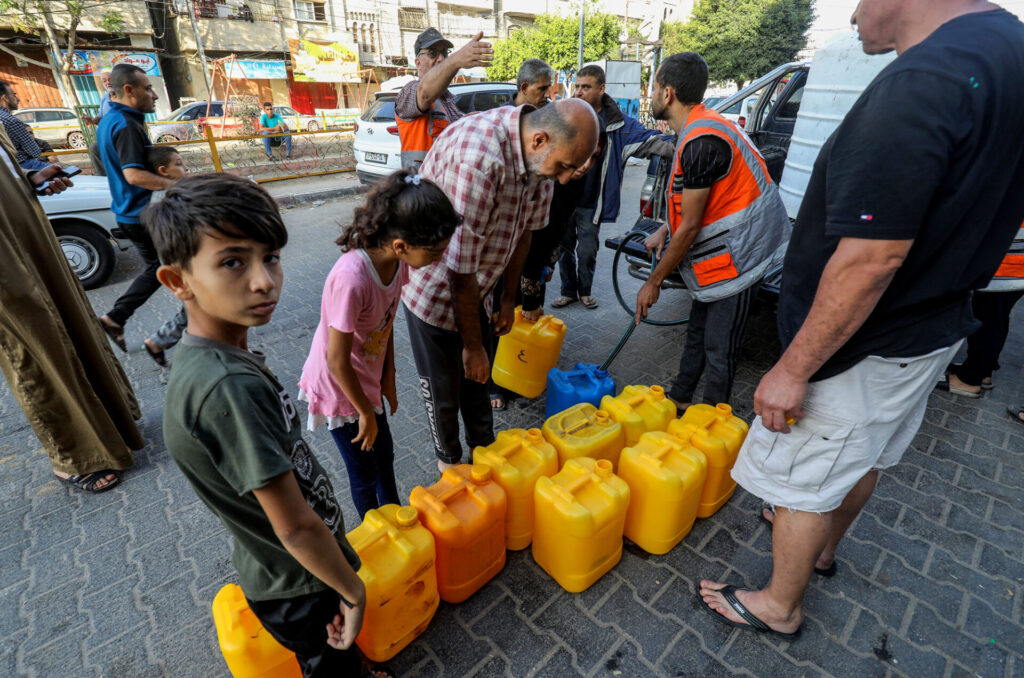

Gaza’s water and sanitation system, already fragile, has been severely affected by the war. Those who have two cups of potable water to drink count themselves fortunate — a shocking statistic that highlights the extent of the crisis. Access to clean and safe water is a fundamental human right, and this scarcity has dire consequences for public health and sanitation. Homes sheltering dozens of people are limited to flushing the toilet once or twice a day. Brushing teeth is a luxury. Many are now drinking polluted, salty water and queue for hours in the hope of obtaining safe drinking water for their families.
2. Displacement and Crowded Shelters
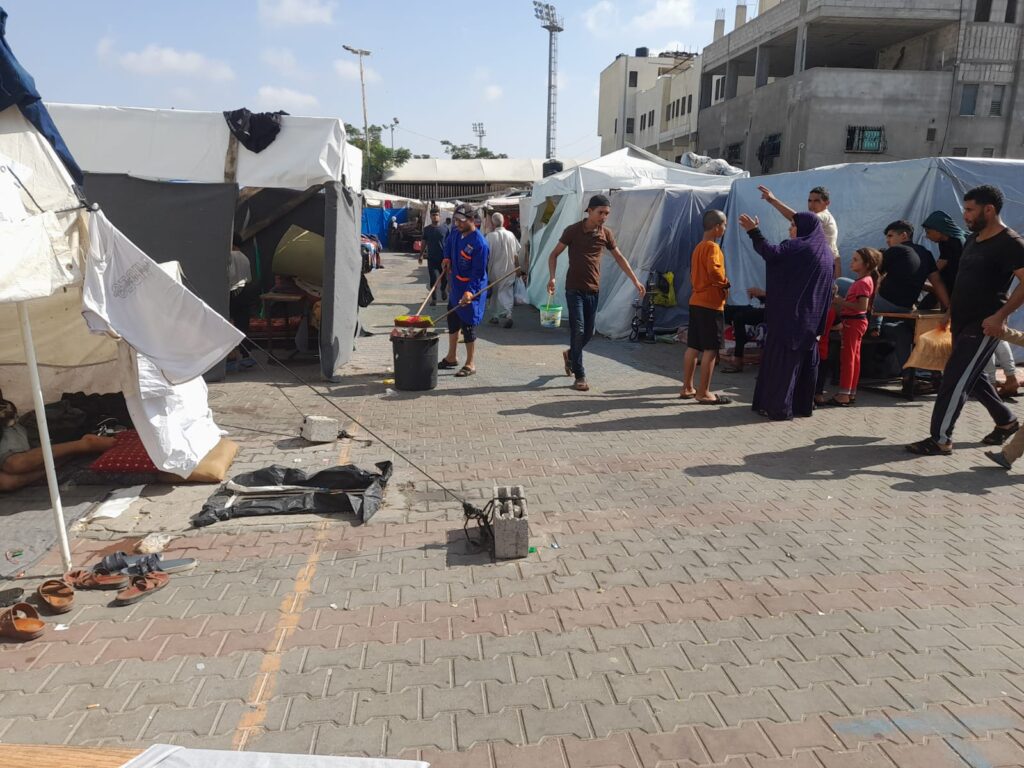

As a result of the ongoing conflict and evacuation orders, over a million people have been displaced from their homes in the northern parts of Gaza. They are seeking shelter in UN schools, the homes of relatives, hospital courtyards and parking lots, tents, cars and the streets. Severe overcrowding in these spaces raises significant concerns about the potential for the spread of diseases among the displaced population. Shelters are reporting diseases like scabies, respiratory illnesses and diarrhea already spreading rapidly.
3. Limited Humanitarian Access
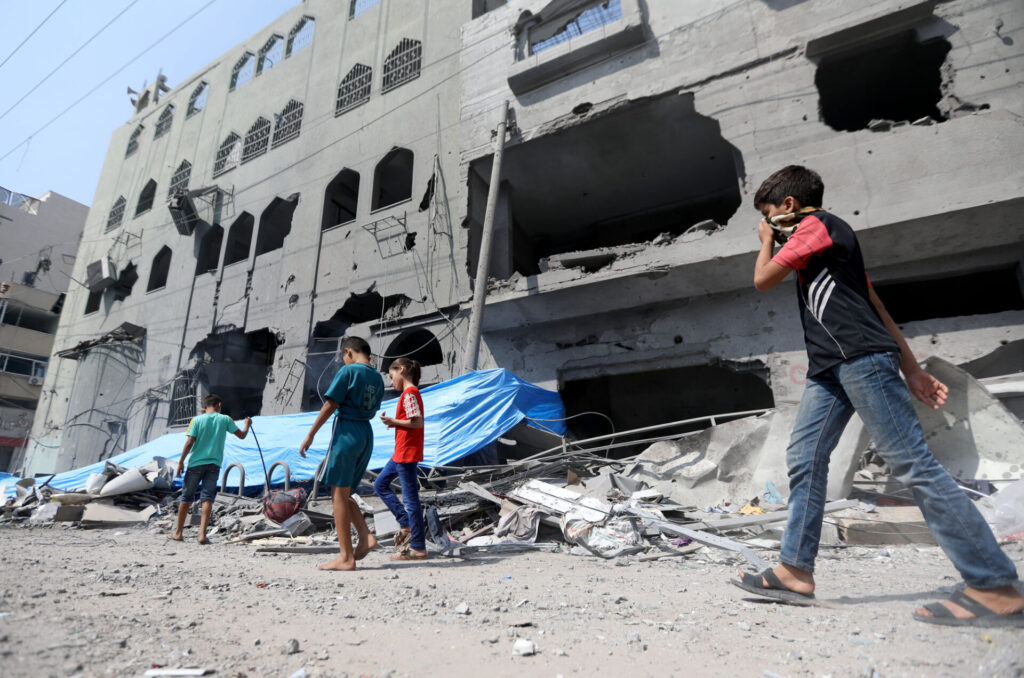

One of the most pressing issues in Gaza is the difficulty in providing humanitarian aid to those in need. The delivery of essential supplies, such as food, water, and medical equipment, is impeded by logistical challenges and border shut-downs. The war has caused extensive damage to critical infrastructure, such as roads, hospitals, shelters, and schools. The paltry amount of aid being allowed in is rapidly distributed. But the need is far, far greater than what the current level of aid can possibly support.
4. Critical Shortages of Medical Supplies
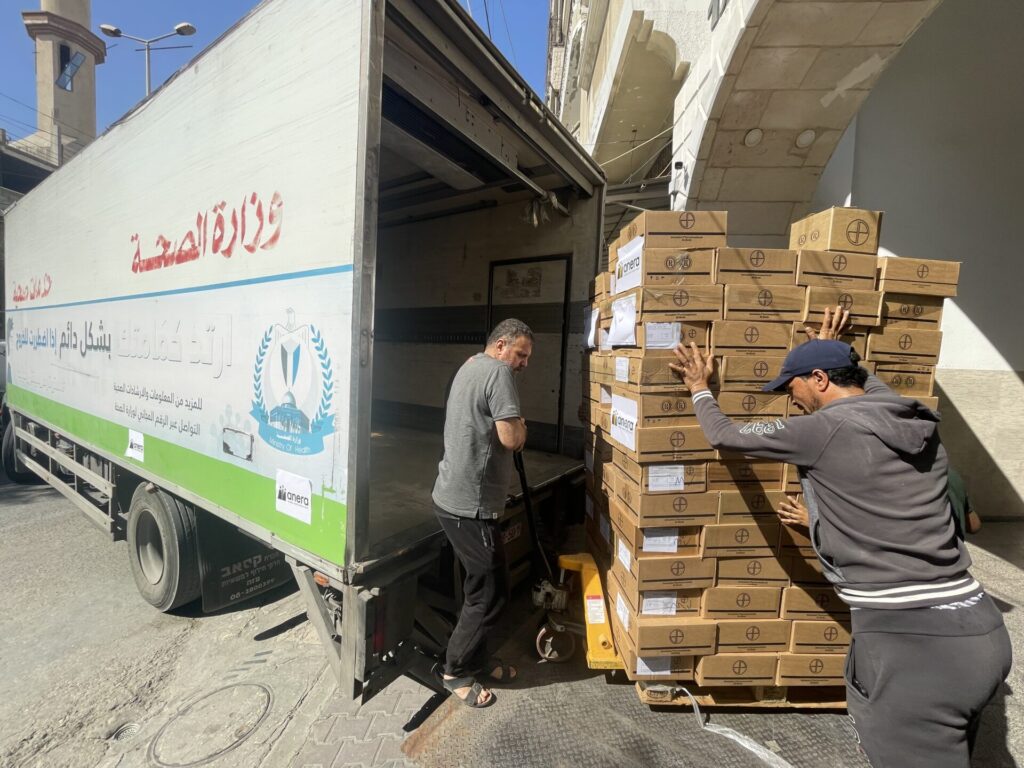

Hospitals in Gaza are facing acute shortages of fuel and essential medical supplies, which makes providing adequate healthcare extremely challenging. One-third of hospitals have shut down completely, according to the UN. And vital equipment at hospitals that are open cannot consistently operate because of fuel shortages. Patients, including those in intensive care and those wounded in the war, are at extreme risk.
5. Economic and Infrastructure Impact
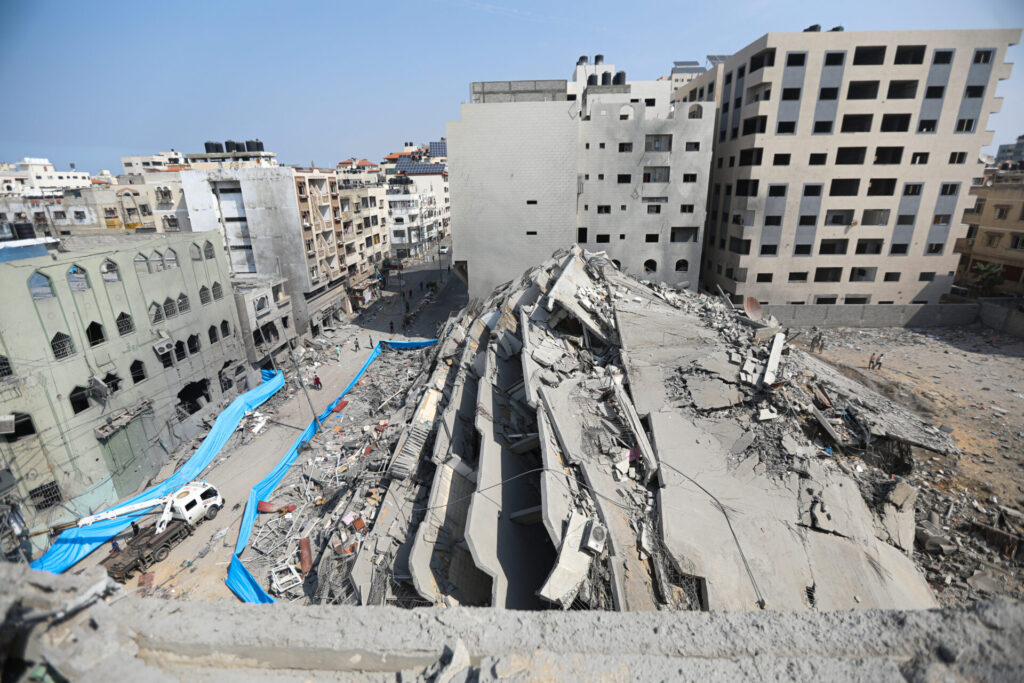

The war in Gaza has not only resulted in immediate humanitarian challenges but has also taken a severe toll on the region’s economy and infrastructure. The destruction of critical infrastructure, including roads, buildings, schools, hospitals, and power sources, has long-term ramifications for Gaza’s residents. More than half of the homes in Gaza have been completely destroyed.
Anera’s Response
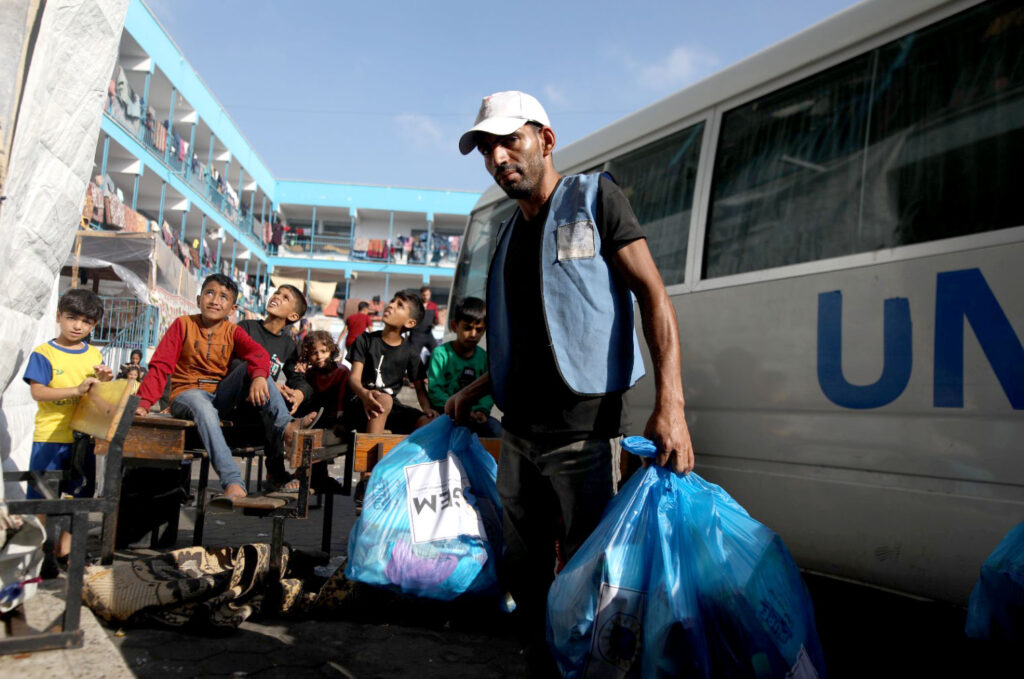

Anera is actively engaged in procuring and distributing essential relief supplies and services, including to-date over 2 million meals (in the form of hot meals, food parcels and fresh produce); cleaning services for 55 UN schools-turned-shelters in Khan Younis, 15,850 hygiene kits, 268,020 treatments of medical aid to health facilities and 800,000 liters of water (in the form of fuel supplied to a desalination plant). These supplies are locally sourced and being distributed to displaced families in UNRWA schools and other shelters.
Additionally, Anera is coordinating with international partners to ensure the procurement of vital medical supplies to support healthcare facilities in Gaza.
Follow our Gaza response here – updated daily.
Urgent Action Needed
The humanitarian situation in Gaza is dire, and urgent action is needed to address the suffering of the people living in the territory.
1. Advocate for more humanitarian aid:
To address the magnitude of the crisis, the rate of aid supplied through the corridor from Egypt must be dramatically increased. Prior to the current war, about 100 aid trucks entered Gaza daily, along with several hundred trucks of commercial goods. Although some aid has begun to enter Gaza again, it is coming in at a rate far below previous levels. The current trickle is wholly insufficient to mitigate the humanitarian crisis. Aid levels should exceed the earlier status quo.
2. Allow electricity and fuel into Gaza:
Access to electricity and fuel is essential for maintaining critical services. It is the only way to transport significant quantities of aid, to power desalination plants and water pumps, to run hospital equipment, to cook and store food, and so much more. Life depends on electricity and fuel.
3. Call for a ceasefire:
An immediate ceasefire is crucial to halt the ongoing violence and to establish conditions that permit the safe delivery of humanitarian aid. All parties involved should heed the calls for a ceasefire to prioritize the well-being of the people of Gaza.
The world must come together to address the immediate needs of the people of Gaza and work toward a lasting peace that ensures their safety and well-being.
OUR BLOG
Related
Part of a series on the impact of the war on all sectors of economic life within Gaza, Anera’s immediate response and plans for the future. Other posts cover housing, education, WASH, health and food production systems. Livelihood Recovery In Gaza, 57 years of occupation and…
InterAction and 50 Member CEOs, some of whom have organizations that work in Gaza, urge President Biden to take decisive and actionable steps to alleviate the humanitarian crisis in Gaza. Detailed within this letter are specific steps and commitments that…
